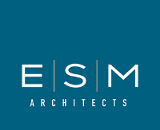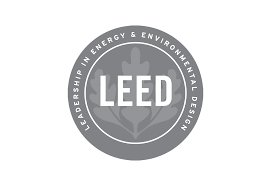






Sustainability is a key design element we consider from project inception. The project location, site conditions, and constructability influence many of the design decisions we make as we seek to balance our clients' needs with thoughtful, functional, and beautiful design. Integrating sustainable practices into our process consistently results in creating efficient, comfortable, and healthy spaces for people to experience and enjoy.
The increased popularity of sustainable or "green" building practices in recent years has led to the development of benchmarks for quantifying the level of sustainability a building has achieved. The LEED (Leadership in Energy and Environmental Design) rating system is the most widely used system in the world for evaluating the sustainability of a building. LEED utilizes a points system to generate a comprehensive score from the following categories:
This score is then used to determine which level of certification your building will receive based on the following table:
In addition to reducing the impact on the environment, there are also additional benefits to seeking LEED certification including lowering utility bills and in certain municipalities, earning tax incentives. If you are considering LEED certification for your project or would like to learn more about the benefits, please give us a call at (513) 234-0900.